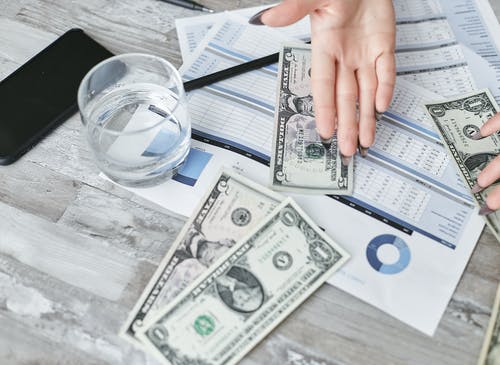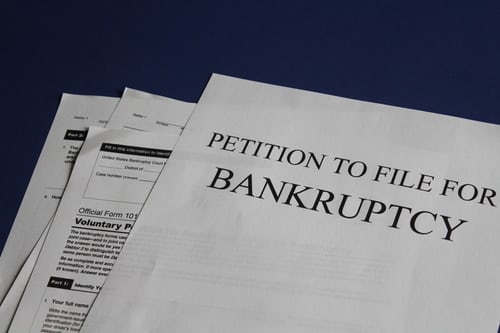What Do You Need To Know About Payout Rates?
Payout rates, also known as Dividend Payout Ratio or simply Payout Ratio, is more than just a random formula in a financial statement. This isn’t something that you should disregard just because it can be hard to understand at first.
Author:James PierceReviewer:Camilo WoodFeb 18, 20225.9K Shares269.1K Views

Payout rates, also known as Dividend Payout Ratio or simply Payout Ratio, is more than just a random formula in a financial statement. This isn’t something that you should disregard just because it can be hard to understand at first. It’s most especially true if you’re a business owner or an investor since payout rates play a big part in your success in the field.
To help you become acquainted with the topic, we have prepared all the things that you need to know about payout rates in the following sections.
What Is A Payout Rate?
The payout ratio is a financial indicator. This shows how much of a company's earnings is paid out as dividends to its shareholders. Basically, this is a part of the income that is considered as an outflow. You can expect this to be represented in percentage rates.
For a concrete example: A 40 percent payout ratio means that a corporation earned $10 million in a quarter, but paid out $4 million.
Where Is Payout Rate Used?
Payout rates are essential in the analysis of a company’s long-term viability. With this, you will be able to know if a company can last long with the program they’re using or it will be their downfall.
In general, the greater the payout ratio, especially if it exceeds 100%, the shorter viability. The company has a low chance of surviving in the long run.
A low payout ratio, on the other hand, may indicate that a firm is reinvesting the majority of its earnings towards growing operations. This means more usable profit for the company.
How Is Payout Rate Calculated?
DPR may be calculated using a variety of formulas:
- DPR = Total dividends / Net income
- DPR = 1 – Ratio of Retention (Percentage of net income that is kept by the company as retained earnings)
- DPR = Dividends per share / Earnings per share
What Is A Good Payout Rate?
A percentage range of 0% to 35% is considered a good payout.
When a corporation first starts paying a dividend, a distribution in the said range is common. Here, you'll often discover low P/E (price-to-earnings) rates. A good payout rate is often associated with "value investment" rather than "income investing."
What Is A Healthy Payout Rate?
From the perspective of a dividend investor, a range of 35% to 55% is regarded as healthy and reasonable.
A firm that is expected to share around half of its earnings in the form of dividends means that they are well-established. This also makes them good market leaders. It's also reinvesting half of its earnings in the business, which is a good thing.
What Is A Bad Payout Rate?
Companies with 95% to 150% forward-looking dividends are giving out more money than they generate. This is almost impossible to sustain and is usually the result of a bad profit prediction.
From here, only one of two things can happen: the dividend will be reduced or canceled entirely.
What Payout Rate Should A Company Aim For?
Healthy payout ratios should always be preferred above excessive payout ratios by investors. High dividend yields may be appealing in the short term, but they may not be sustainable in the long run.
Summary
Familiarizing yourself with payout rates is an essential task, especially in the financing field. This is the key to knowing if a company’s performance is good enough to survive. Alternatively, this will also show if they are worth financing if seen from an investor’s perspective.
The good thing is, this is really easy to get. You can simply use either one of the formulas listed previously.

James Pierce
Author

Camilo Wood
Reviewer
Latest Articles
Popular Articles
